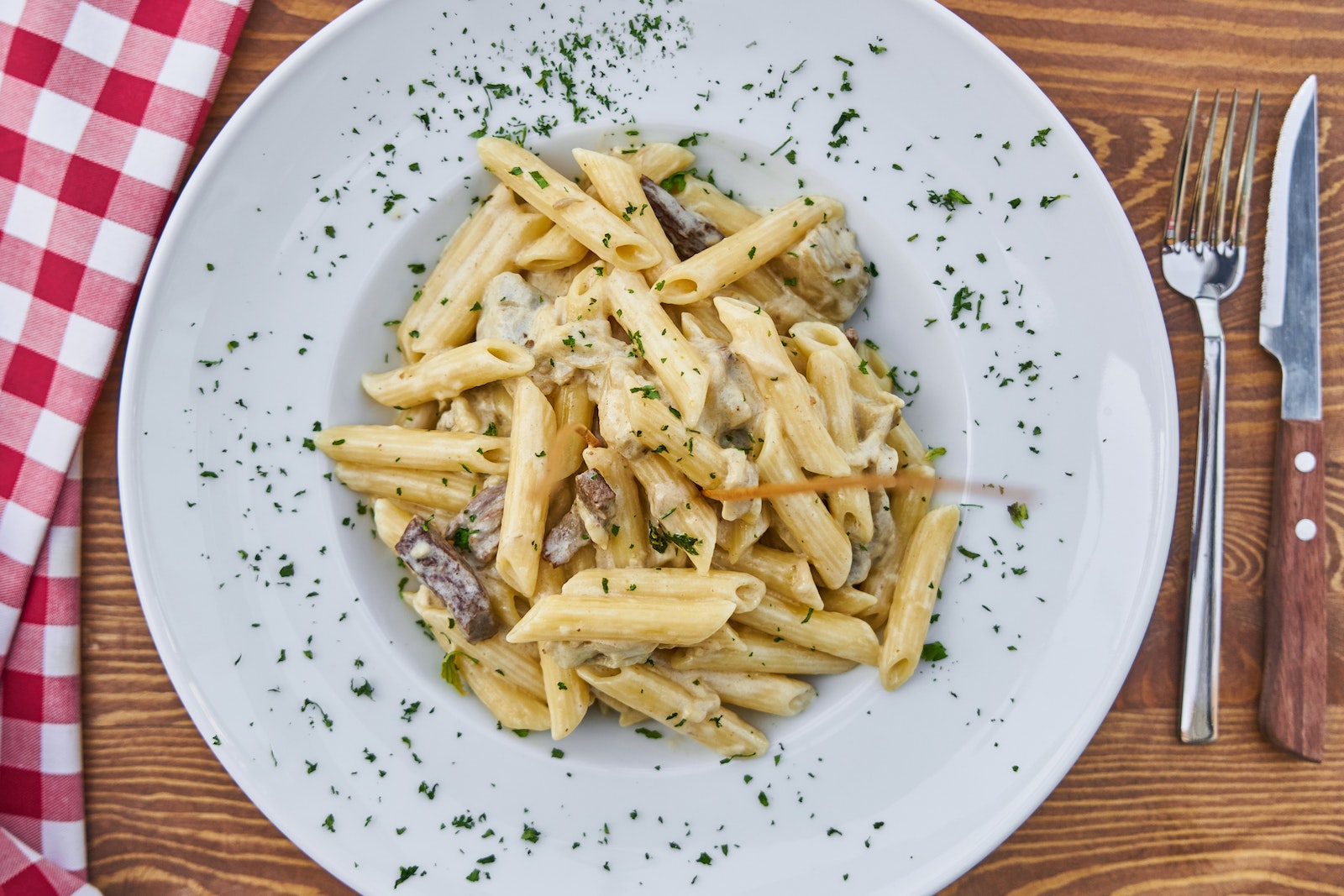For pasta fans and health-conscious eaters alike, the question of whether gluten-free pasta can match the delectable flavor of its regular wheat-based version looms big.
So, does gluten-free pasta taste different? Yes, gluten-free pasta has a different flavor than traditional pasta made from wheat. This variance is mostly due to gluten, a protein found in wheat, barley, and rye that gives traditional pasta its characteristic texture and chewiness.
Furthermore, gluten improves the binding properties of pasta composed of wheat, allowing it to keep its form when cooking.
On the other hand, gluten-free pasta is frequently made using alternative flour such as rice, maize, quinoa, chickpeas, or a blend of numerous gluten-free components.
Although manufacturers have made great advances to develop gluten-free pasta that almost exactly replicates the flavor and texture of traditional pasta, there are still discernible variances.
The flavor of gluten-free pasta might vary depending on the brand and kind of wheat used to manufacture it. Some options for gluten-free pasta could have a slightly different flavor or texture from regular pasta, possibly tasting grainier or feeling less elastic.
However many individuals have found that gluten-free pasta is just as delicious, especially when combined with mouthwatering sauces and garnishes.
Other Differences Between Gluten-Free And Regular Pasta
Texture
Gluten-free pasta has a similar texture to regular pasta when cooked.
It differs somewhat from the original and could even be a little more delicate.
Quinoa flour, used to make gluten-free pasta, has a somewhat chewy feel.
While the brown rice flour version has a softer feel. Contrarily, gluten-free pasta produced with chickpea or lentil flour has a stronger texture.
Storage
Sadly, the majority of gluten-free pasta doesn’t last very long.
When reheated after being chilled, several dishes cooked with quinoa, chickpea, lentil, or almond flour have a tendency to crumble.
After being kept in the fridge for an overnight period, other foods produced with rice or maize flour might become exceedingly tough.
Because of this, it’s better to consume your gluten-free pasta right away and to prepare only what you need.
Sauce Absorption
You’ll discover that, unlike conventional wheat pasta, gluten-free pasta doesn’t absorb sauces as well. But some gluten-free versions do better than others.
Once more, the more costly ones produced with a blend of maize and rice flour absorb sauces well.
That is not to claim that all pasta made with maize and/or rice flour has the same outcomes. But with these kinds of gluten-free pasta, your odds of getting the noodle-to-sauce ratio correct with each mouthful rise.
Is gluten-free pasta really as good as traditional pasta?
Absolutely! Although there could be a little texture and flavor variation, gluten-free pasta has improved significantly in terms of taste and quality.
Finding the ideal brand and cooking it to perfection are the only requirements.
You’ll be surprised by some hidden treasures, I assure you!
Will I miss the chewiness of regular pasta?
The chewiness element, ah! Yes, gluten gives food its distinctive texture, so don’t worry, my buddy.
Over time, a lot of gluten-free pastas have improved in texture.
Try to find dishes that are created with alternative grains like rice, quinoa, or corn. You could be pleasantly pleased if you cook it al dente.
On the other hand, I’ve researched if spinach in cans is nutritious. Nevertheless, let’s go back to our jobs.
How can I make gluten-free pasta taste even better?
Be sure to heavily salt the pasta water to impart flavor right away.
After your pasta has finished cooking, combine it with a delectable homemade sauce, fresh herbs, and maybe some parmesan cheese.
You won’t even be able to tell that there is no gluten present because of how well the tastes blend together.
Can I use gluten-free pasta in my favorite pasta dishes?
Absolutely! You can simply use gluten-free pasta in your favorite dishes. The secret is to slightly modify your cooking methods to account for the varied texture. Don’t be scared to try new things and personalize it!
Does gluten-free pasta take longer to cook?
The cooking time for gluten-free pasta is identical to that for ordinary pasta.
The only difference is that you need to watch it more closely since some areas cook more quickly than others. Regular pasta can essentially be dropped into a pot of boiling water, given a few stirs, and left to cook on its own for a bit.
You must keep an eye on gluten-free pasta to make sure that the portions that are cooking more quickly don’t overcook. You should always set a timer, even for a pot of normal pasta.

